Understanding the Role of Light in Eyeball Mechanics: Insights from Vision Science Research
Understanding the role of "Light In Eyeball" mechanics is crucial for advancing our comprehension of vision and ocular health. According to a report by the Vision Council, approximately 75% of adults experience some form of digital eye strain, emphasizing the need for a deeper exploration of how light influences our visual systems. Recent studies highlight that the human eye is designed to process a spectrum of light wavelengths, yet overexposure to artificial blue light, predominantly from digital screens, can disrupt this delicate balance.
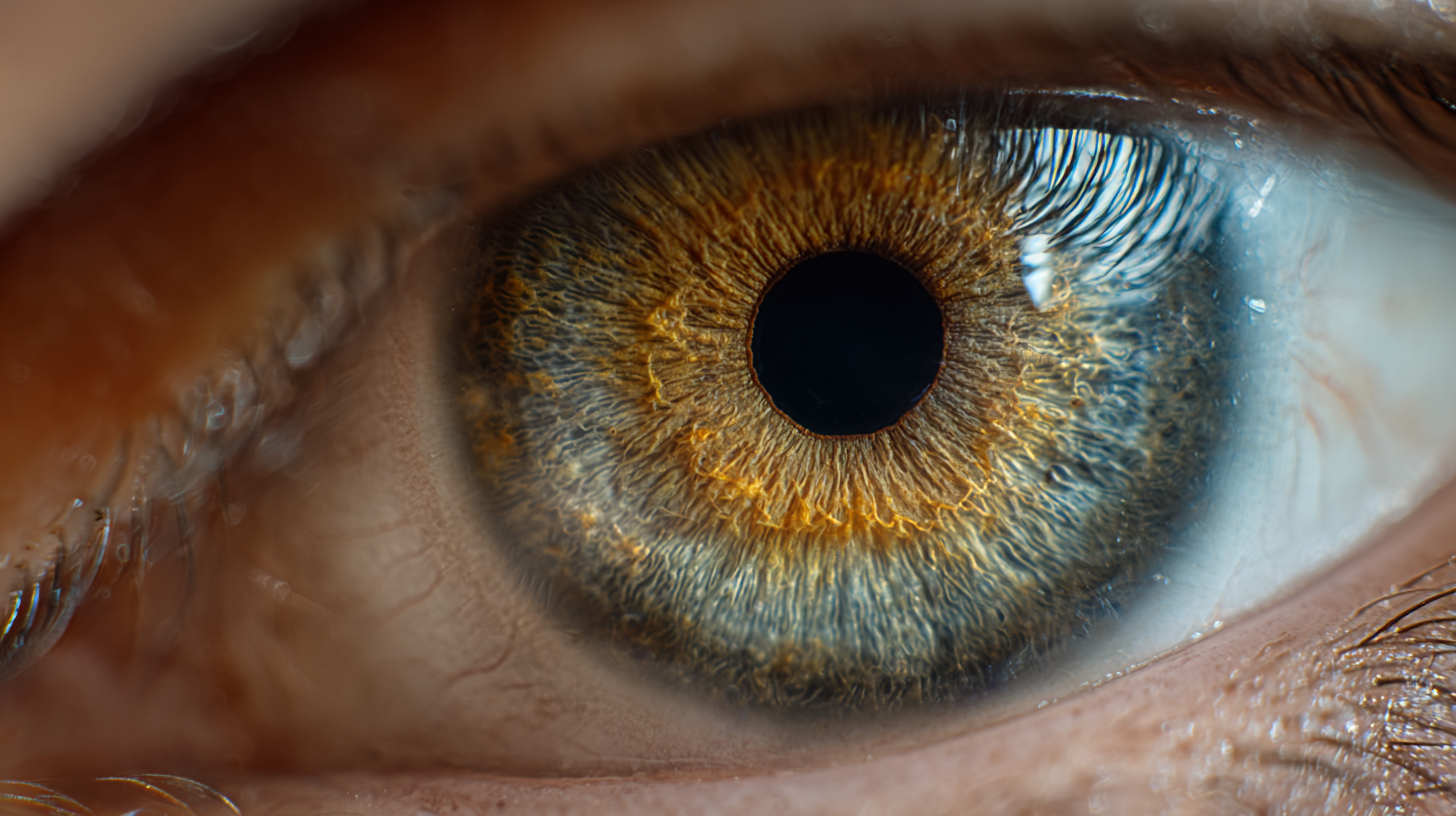
Furthermore, research published in the Journal of Vision indicates that specific lighting conditions significantly affect both visual acuity and eye comfort. By delving into the intricate relationship between light exposure and eyeball mechanics, this article seeks to illuminate the foundational principles that govern visual perception, while also providing practical insights for mitigating light-related ocular issues in our increasingly digital world.
How Light Affects Eye Structure and Functionality
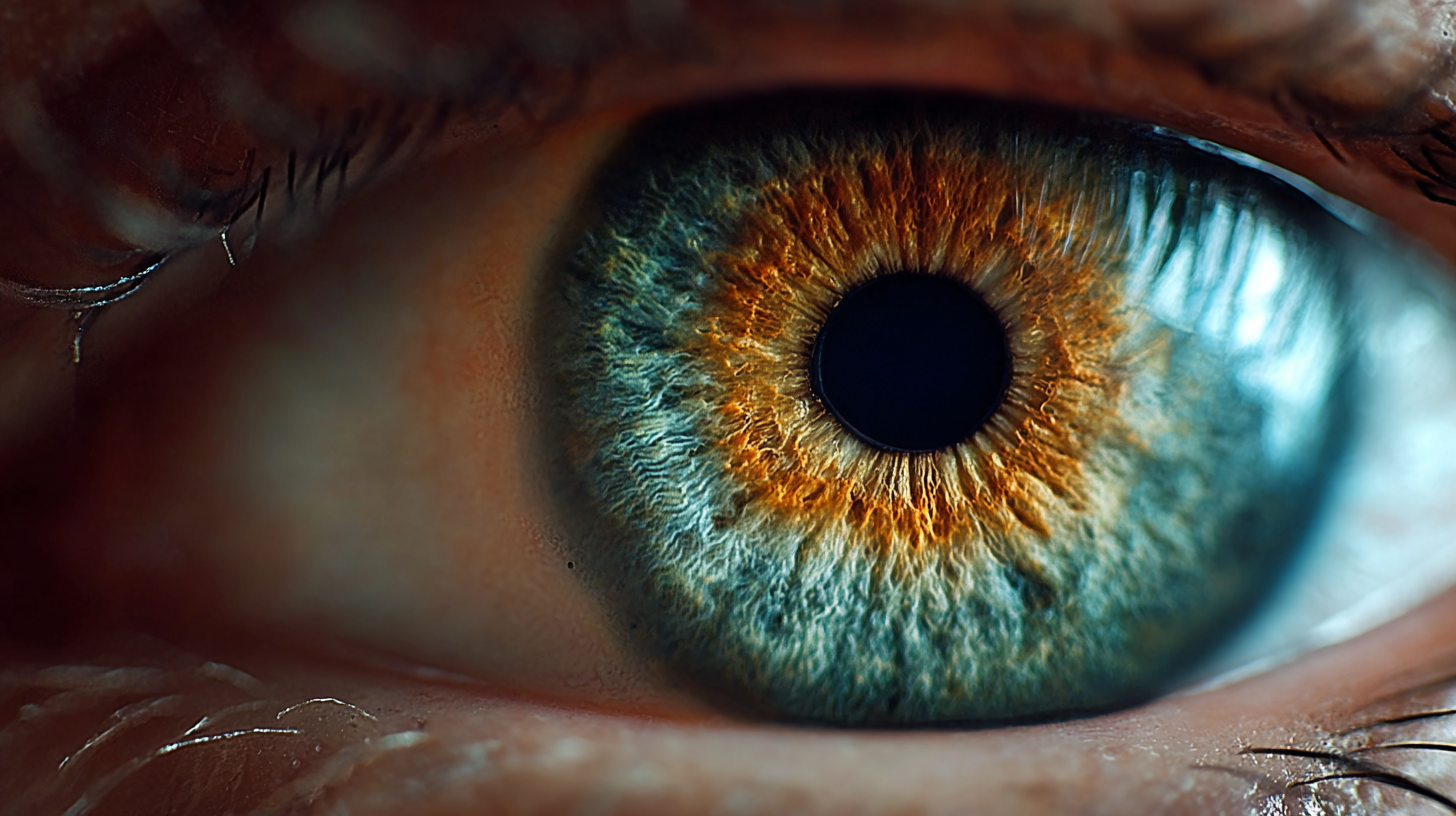 Light plays a crucial role in shaping both the structure and functionality of the eye. When light enters the eye, it is refracted by the cornea and the lens, focusing the incoming rays onto the retina. This process is essential for clear vision and is influenced by the eye's anatomical features. For instance, variations in the curvature of the cornea can lead to refractive errors such as myopia or hyperopia, demonstrating how light interacts directly with eye structure to affect visual clarity.
Light plays a crucial role in shaping both the structure and functionality of the eye. When light enters the eye, it is refracted by the cornea and the lens, focusing the incoming rays onto the retina. This process is essential for clear vision and is influenced by the eye's anatomical features. For instance, variations in the curvature of the cornea can lead to refractive errors such as myopia or hyperopia, demonstrating how light interacts directly with eye structure to affect visual clarity.
Moreover, the exposure to light can also impact the physiological aspects of eye functionality. Light triggers a biochemical cascade in photoreceptor cells in the retina, converting light signals into electrical impulses for the brain. Chronic exposure to bright light conditions can lead to adaptations in these cells, enhancing sensitivity or leading to fatigue. Additionally, the balance between light and dark environments is vital for regulating circadian rhythms, which ultimately affect overall ocular health. Thus, the interplay of light with the eye is not just about vision but encompasses a broader spectrum of eye mechanics and health functionalities.
The Science Behind Light Refraction in the Eye
Understanding the mechanics of light refraction in the eye is crucial for vision science. The human eye, with its unique structure, relies on the bending of light as it passes through the cornea and lens to form clear images on the retina. This process, known as refraction, plays a significant role in how we perceive the world. Any irregularities in this system can lead to vision problems, highlighting the importance of studying light's behavior in optical systems.
Recent research into the optical capabilities of cephalopods, such as squids, reveals fascinating insights that could reshape our understanding of refractive mechanisms. Squid eyes feature lenses with a gradient refractive index, allowing them to achieve remarkable visual performance. The applications of such biological designs extend beyond mere observation; they inspire the development of advanced optical materials. By utilizing proteins as nanoscale building blocks, researchers aim to create self-assembling materials that can lead to the design of aberration-free lenses, with significant potential in both optical instruments and clinical settings. This line of inquiry not only underscores the intricate relationship between biology and technology but also opens new avenues for innovation in vision science.
Exploring the Role of Photoreceptors in Vision
Photoreceptors are specialized cells in the retina that play a critical role in converting light into neural signals, fundamental to the process of vision. There are two main types of photoreceptors: rods and cones. Rods are highly sensitive to light and enable vision in low-light conditions, while cones are responsible for color vision and function best in bright light. According to the National Eye Institute, approximately 120 million rods and 6 million cones are present in the human retina, showcasing the impressive complexity of these light-detecting cells.
Recent advancements in vision science research highlight the intricate relationship between photoreceptor functionality and visual processing. For instance, studies have revealed that the human eye can perceive a range of light wavelengths from about 380 nanometers to 750 nanometers, with cones being crucial for color differentiation. A report published in "Nature Neuroscience" indicated that the proper functioning of these photoreceptors is essential for visual acuity and depth perception, illustrating how visual clarity is directly influenced by the health and efficiency of rod and cone cells. Such insights not only deepen our understanding of ocular mechanics but also emphasize the importance of maintaining photoreceptor health through preventive care and nutritional support.
Understanding the Role of Light in Eyeball Mechanics: Insights from Vision Science Research
| Photoreceptor Type | Location | Function | Response to Light | Sensitivity |
|---|---|---|---|---|
| Rod Cells | Periphery of Retina | Night Vision | Highly Sensitive | Very Low Light |
| Cone Cells | Fovea (Center of Retina) | Color Vision | Less Sensitive | Bright Light |
| S-Cones | Fovea | Short-Wavelength (Blue) Detection | Moderately Sensitive | Blue Light |
| M-Cones | Fovea | Medium-Wavelength (Green) Detection | Moderately Sensitive | Green Light |
| L-Cones | Fovea | Long-Wavelength (Red) Detection | Moderately Sensitive | Red Light |
Impact of Light Intensity on Eyeball Mechanics
The interplay between light intensity and eyeball mechanics is a fascinating area of vision science that reveals much about how our eyes adapt to different lighting conditions. Light intensity affects not only our ability to see but also influences the physical responses of our eyes. When exposed to bright light, the pupil constricts, reducing the amount of light entering the eye and protecting the retina. Conversely, in low light conditions, the pupil dilates to allow more light in, enabling better vision in darkness. This dynamic adjustment showcases the remarkable flexibility of our visual system to optimize performance.
Tips for maintaining eye health include taking regular breaks when using screens, ensuring proper lighting in your environment, and managing exposure to bright lights. Additionally, using blue light filters on devices can help reduce strain. Be mindful of your light sources; softer lighting can foster a comfortable viewing experience and reduce the risk of fatigue.
Furthermore, understanding the impact of ambient lighting on eyeball mechanics can assist in improving visual ergonomics. For example, ensuring consistent lighting levels while working or reading can help maintain eye comfort and efficiency. Experimenting with different light intensities can also lead to personalized settings that minimize eye strain and enhance overall visual performance in various activities.
Impact of Light Intensity on Eyeball Mechanics
Understanding the Interaction Between Light and Eye Health
The interaction between light and eye health is a critical area of research in vision science. Light is fundamental not only for vision but also for the overall health of our eyes. Recent studies indicate that prolonged exposure to blue light, emitted by screens and artificial lighting, can potentially contribute to digital eye strain and may increase the risk of developing age-related macular degeneration (AMD). According to the American Optometric Association, nearly 60% of adults report symptoms of digital eye strain, underlining the need for greater awareness about light exposure and its effects on eye health.
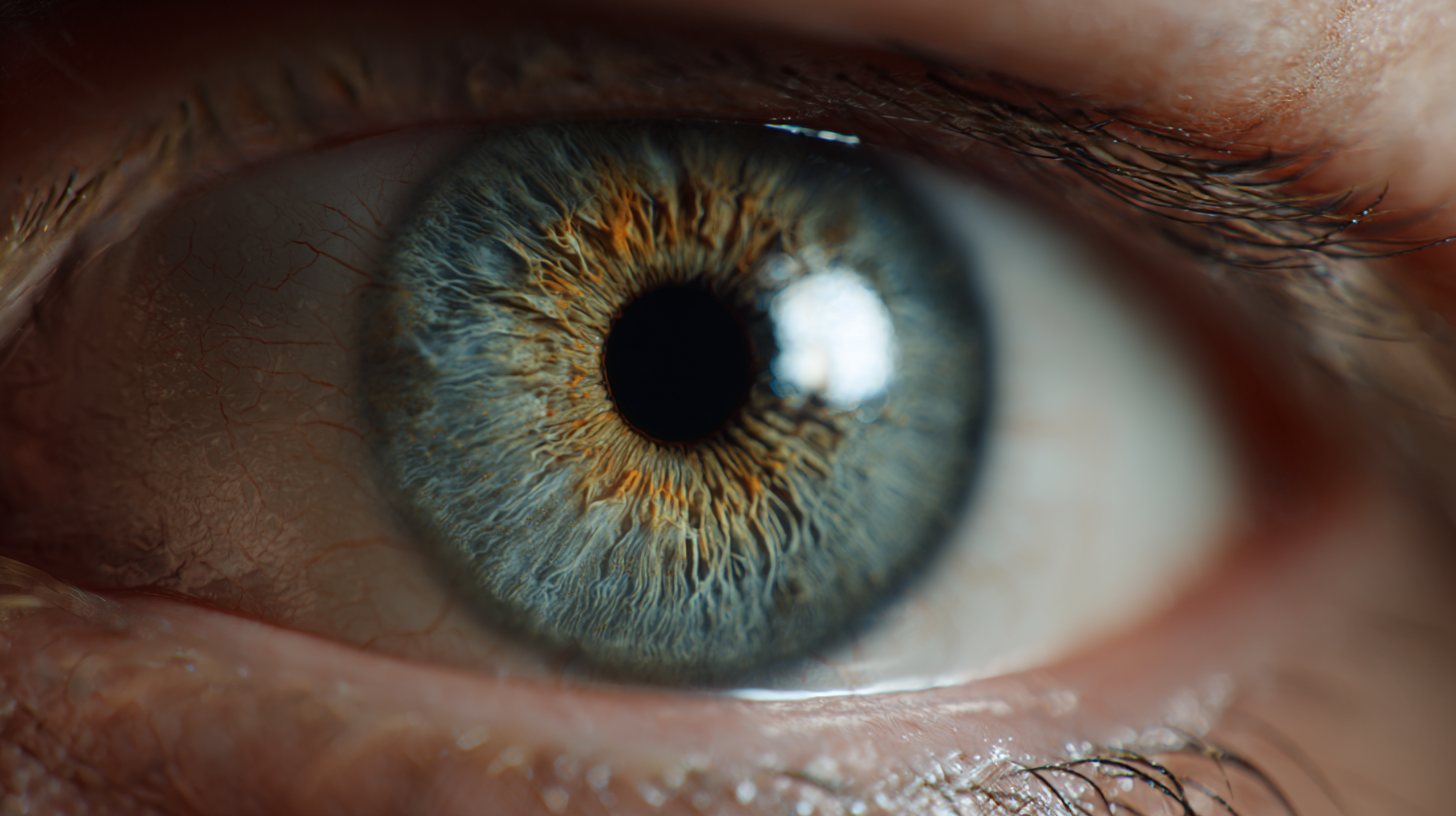
Moreover, natural light plays a significant role in maintaining healthy eyesight. Research published in the journal "Ophthalmology" has shown that children who spend more time outdoors are less prone to developing myopia, commonly known as nearsightedness. The reason appears to be linked to the intensity and spectrum of natural light, which stimulates the release of dopamine in the retina, helping to regulate eye growth. In fact, a report from the World Health Organization highlights that by 2050, the prevalence of myopia could reach 50% of the global population if current trends continue, emphasizing the importance of understanding how light exposure influences eye health and development.
Related Posts
-
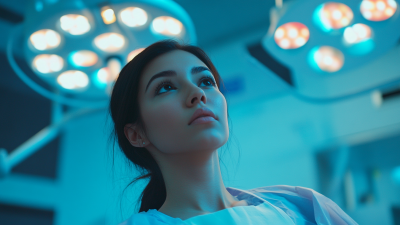
5 Proven Strategies for Choosing the Right Medical Light for Your Facility
-

Understanding the Technical Specifications of the Best Workstation Lighting Options
-
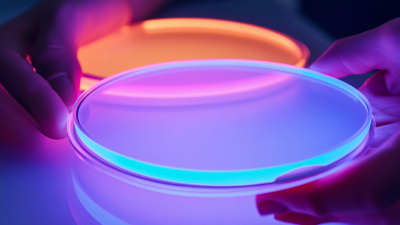
Global Market Trends for Light Filters 2025: Essential Insights and Implementation Strategies
-

2025 Global Trends in Eyeball Lighting Solutions and How to Optimize Your Supply Chain
-

How to Choose the Right Medical Light for Your Healthcare Facility Needs
-
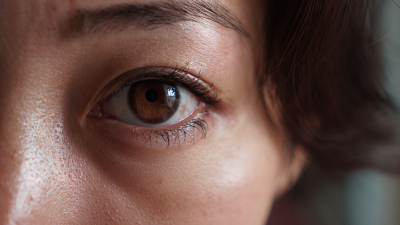
Navigating Import and Export Certifications for the Best Light for Eye: A Comprehensive Tutorial
© 2025 EXCELSIUS MEDICAL All rights reserved
EXCELSIUS MEDICAL
Taiwan Office
2F., No. 18, Ln.31, Sec.1, Huandong Rd.,
Xinshi Dist., Tainan City 744, Taiwan, R.O.C.
German Office
Zeppelinstr. 4, Haus 3&4,
D-85399 Hallbergmoos, Germany
